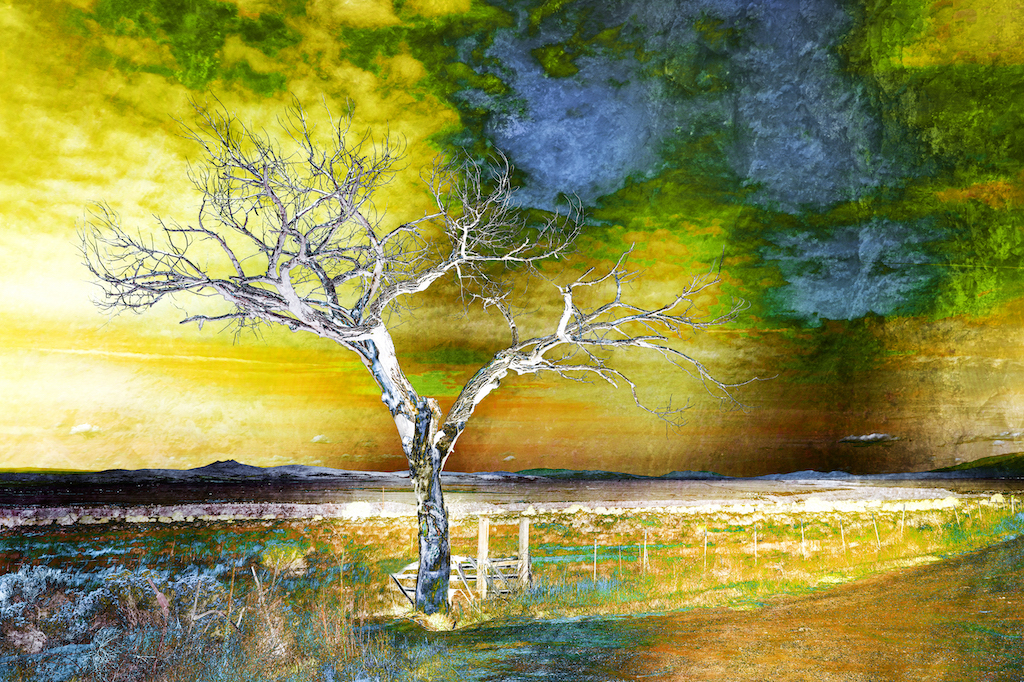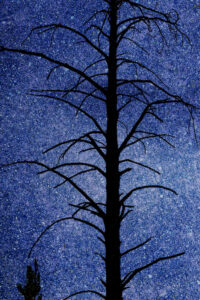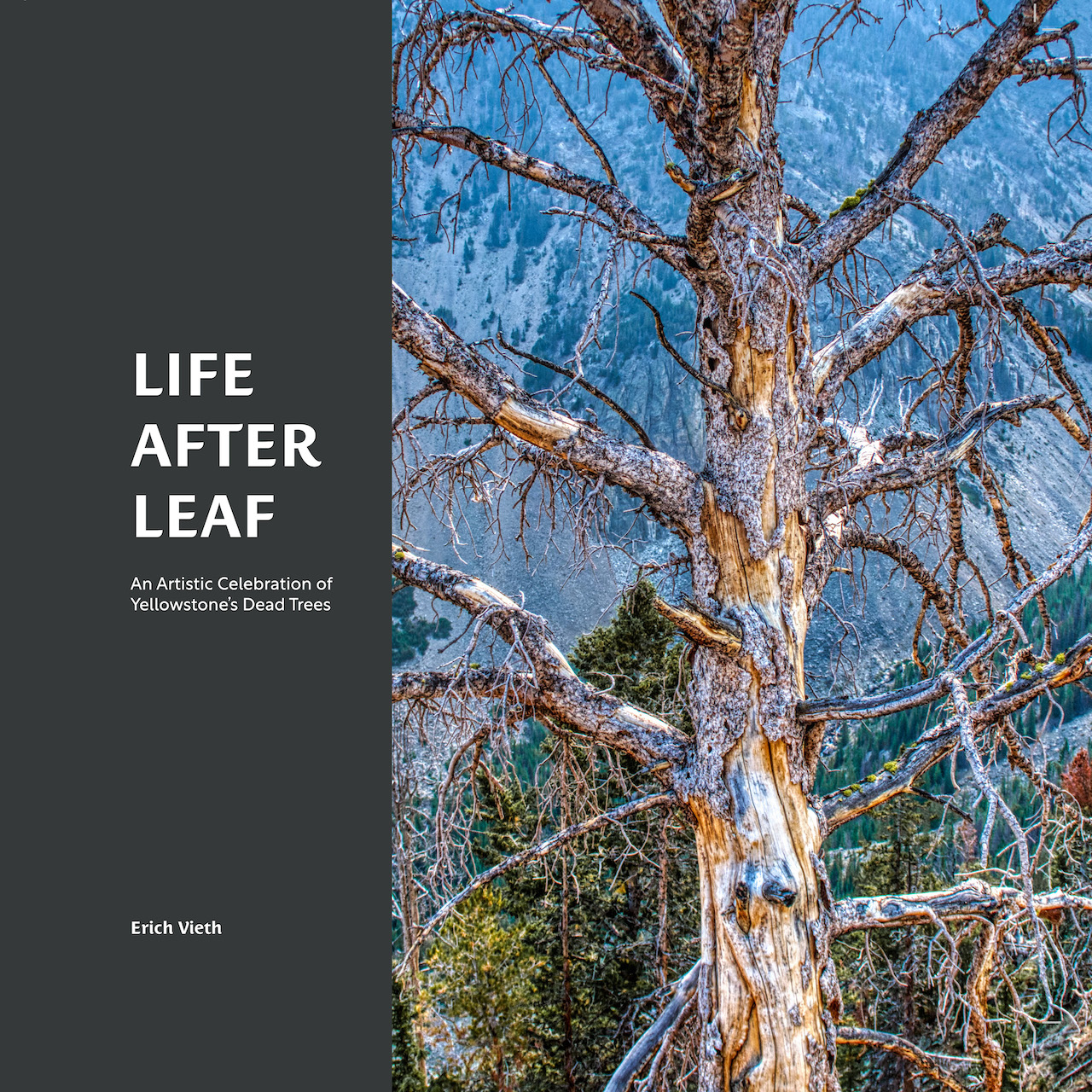I recently finished reading The Gay Science, by Friedrich Nietzsche. In many ways, it is a profound work. For me it was a formative book--I encountered it in a philosophy class in college. As to the meaning of the title, see paragraph 327 (below). The numbers refer to paragraph numbers rather than page numbers. These quotes are taken from the 2001 translation by Josefine Nauckhoff. As far as why I chose the following excerpts rather than others? They "spoke" to me more than the others. Having written this, I would also note that The Gay Science is loaded with far more thoughtful passages than I have presented here. I did also enjoy this newer translation (I also have the translation by Walter Kaufmann, which is also excellent). For those not familiar with Nietzsche, many of his works, including this one, are written in numbered paragraphs.
Preface, Paragraph 3 Life--to us, that means constantly transforming all that we are into light and flame and also all that wounds us; we simply can do no other. And as for illness: are we not almost tempted to ask whether we can do without it at all? Only great pain is the liberator of the spirit, as the future of the great suspicion that turns every U into an X, a real, proper X, that is the penultimate one before the final one. Only great pain, that long slow pain that takes its time and in which we are burned, as it were, over green wood, forces us philosophers to descend into our ultimate depths and put aside all trust, everything good-natured, veiling, mild, average--things in which formerly we may have found our humanity. I doubt that such a pain makes us "better"--but I know that it makes us deeper.
Paragraph 19-
Evil. Examine the lives of the best and the most fruitful people and peoples and ask yourself whether a tree which is supposed to grow to a proud height could do without bad weather and storms: whether misfortune and external resistance, whether any kinds of hatred, jealousy, stubbornness, mistrust, hardness, greed and violence do not belong to the favorable conditions without which any great growth even of virtue is scarcely possible? The poison from which the weaker nature perishes strengthens the strong man--and he does not call it poison.
Paragraph 110.
Origin of knowledge. Through immense periods of time the intellect produce nothing but errors; some of them turned out to be useful and species-preserving; those who hit upon or inherited them fought their fight for themselves and their progeny with greater luck. Such erroneous articles of faith, which were passed on by inheritance further and further, and finally almost became part of the basic endowment of the species, are for example: that there are enduring things; that there are identical things; that there are things, kinds of material, bodies; that a thing is what it appears to be; that our will is free; that what is good for me is also good in and of itself. Only very late did the deniers and doubters of such propositions emerge; only very late did truth emerge as the weakest form of knowledge. It seemed that one was unable to live with it; that our organism was cured for its opposite: all its higher functions, the perceptions of sense and generally every kind of sensation, worked with those basic errors that have been incorporated since time immemorial. Further, even in the realm of knowledge those propositions became the norms according to which one determined “true" and “untrue"--down to the most remote areas of pure logic. Thus the strength of knowledge lies not in its degree of truth, but in its age, its embeddedness, its character as a condition of life. Where life and knowledge seem to contradict each other there was never any serious fight to begin with; denial and doubt were simply considered madness.




